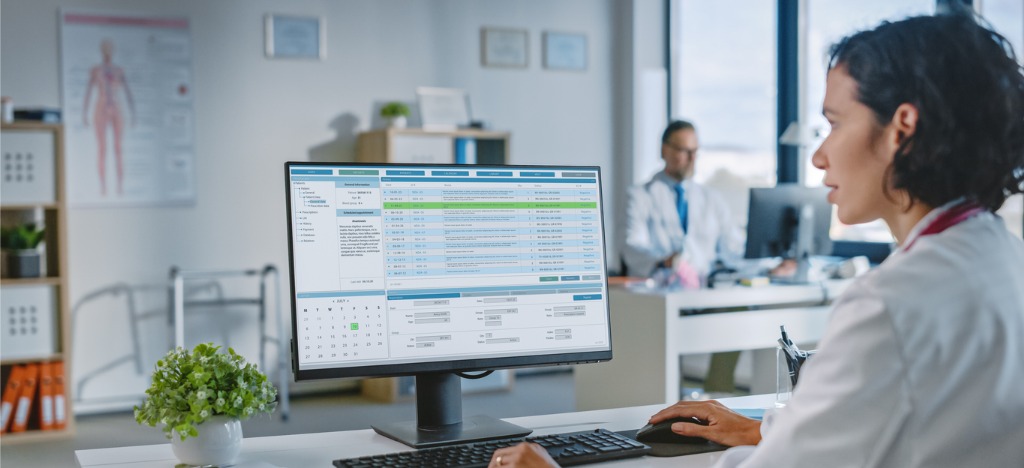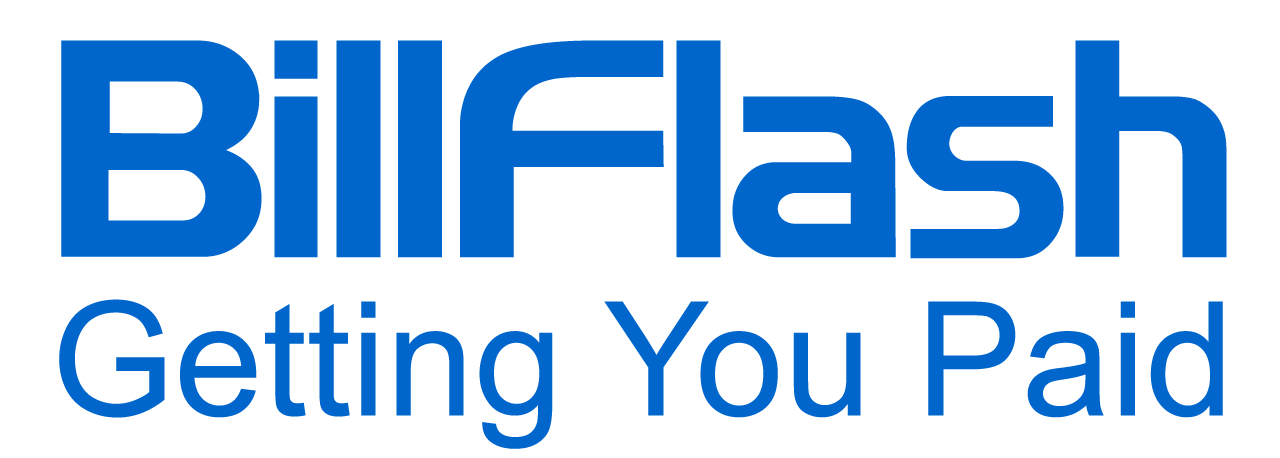Explore how practices can effectively implement new solutions to lighten the administrative burden and improve overall operations.
Healthcare providers spend nearly half their workday managing administrative tasks. Previous research has shown that providers spend almost two hours on administrative work for every hour of direct patient care. This highlights the need to streamline healthcare operations and reduce the administrative burden on healthcare providers. Through technology, practices can regain control of their time and resources, allowing them to focus on delivering high-quality, patient-centric care. Embracing automation and smart tools is key to transforming healthcare operations, reducing administrative tasks, and improving overall efficiency.
In this article, we will explore how practices can effectively implement new solutions to lighten the administrative burden and improve patient satisfaction, staff well-being, and financial stability.
The Impact of Administrative Burden on Healthcare
Administrative burden involves the time and diligence used by health professionals in duties other than medical. This includes mailing statements, maintaining and updating records, patient communication, and more. It can greatly affect operational efficiency, patient contentment, and the financial performance of medical practices.
Administrative expenses represent as much as 30 percent of the overall healthcare spending in the United States. In 2022, the U.S. healthcare system allocated $60 billion toward administrative functions, representing an increase of almost $18 billion compared to its costs in 2021.
Some challenges that contribute to this burden include:
- Cumbersome billing platform: Unintuitive practice portal adds to administrative burden by requiring excessive time and effort to navigate, process payments, and manage patient accounts
- Manual communication tasks: Managing appointments, sending visit and payment reminders, following up on outstanding balances, and manually processing bills—including printing, stuffing envelopes, adding postage, and mailing—results in significant inefficiencies and consumes valuable time.
The wider significance of administrative burden extends beyond a single practice. Unfortunately, healthcare teams often experience high levels of stress and burnout, which can affect the quality of patient care. Patients face longer waits, rushed visits, and less personalized care as providers juggle administrative duties with clinical responsibilities.

The Role of Technology in Reducing Administrative Burden
The future of healthcare continues to change, and so does the power of automation and integration. Just consider the tasks that can now be streamlined through technological solutions. Billing, payment reminders, data entry—these once time-consuming processes can now be handled with the click of a button, freeing up valuable time and resources.
Over 80% of health leaders view automation as essential for the success and survival of hospitals and health systems. However, many have not taken a full strategic approach to implementation. The opportunity is there, but the execution requires careful planning and integration.
The benefits of automation extend far beyond the bottom line. The true magic lies in how these technological advancements can improve the patient experience. By automating certain tasks, we free healthcare teams up to spend more time on that which will truly differentiate them: delivering great care to patients. Imagine the difference it would make if healthcare providers could spend more time listening, empathizing, and truly connecting with patients.
The journey toward this technological transformation also comes with challenges. The healthcare industry is known to resist change, and integrating new systems and workflows can overwhelm some practices. However, as the saying goes, “The greatest rewards often lie on the other side of our greatest fears.” With the right tools now readily available at our fingertips, the time to take action and reap the benefits of innovation is here.
Essential Tools for Reducing Administrative Burden
Reducing administrative burden starts with equipping your practice with the right tools. From automating patient communication to streamlining billing and ensuring seamless data integration, these solutions free up time and resources to focus on what matters most—patient care.
Streamlining Patient Communication With Automated Reminders
We all know how important timely communication is in healthcare. Whether it's a payment reminder or a follow-up appointment, staying connected with patients is crucial. However, these tasks can take up a significant amount of time and pull healthcare providers away from direct patient care. That's where automated reminders come in.
Tools like BillFlash's text and email reminders automate billing notifications, eliminating the need for manual intervention in communication tasks. It's like having a personal assistant who never forgets to follow up. This type of automated communication also has several benefits. For starters, it ensures that patients never miss upcoming payments. You can easily set rules to automatically send up to three text messages and three email reminders each month until the payment is settled.
This means no more manual follow-ups or lost chances to connect. Just set it up and let it run, and once the payment is made, patients will be automatically removed from the reminder sequence. This improves patient experience and reduces the risk of missed payments, which can significantly impact a practice's bottom line.

Simplifying Billing With Automated Processes
Billing processes are often troubled by manual tasks, such as printing and mailing statements, creating an unnecessary administrative burden. But there are ways to automate this task, saving time and resources. This is where tools like BillFlash make a difference. BillFlash can handle everything from mailed bills to eBill notices and pre-visit billing.
BillFlash's Features:
- Mailed Bills: With BillFlash, practices can upload a batch file of statements in the online portal, review, and send mailed bills with just a few clicks. Bills are sent the next business day, eliminating the need for manual processes.
- eBills: Practices can send customizable eBill notifications using text and email. This allows patients to securely view and pay their bills through a link to PayWoot, BillFlash’s online payment portal.
- Pre-Visit Billing: The PreBill feature lets practices send text or email notifications before appointments to collect payments or copays in advance, leading to a better patient experience while ensuring faster payments.
Tools like BillFlash can significantly impact a practice's bottom line by reducing errors and improving cash flow. Practices that embrace automated billing solutions can see a significant increase in their revenue. It's the best situation – patients get a user-friendly experience and practices enjoy the benefits of better efficiency and financial stability.
Integration and Data Flow
No discussion of technology in healthcare would be complete without addressing the importance of integration and data flow. We understand the frustration of dealing with duplicate data entry and errors due to disconnected systems. That's why BillFlash integrates with more than a hundred existing billing applications, creating a smooth, streamlined workflow.
Eliminating manual data entry and transfers reduces mistakes and ensures data remains up-to-date and accurate. This reduces your practice's administrative burden and improves your day-to-day operations. No more working between multiple systems and worrying about the safety and accuracy of sensitive healthcare data. Instead, medical practices will have a centralized platform that puts all the data before them, empowering staff to work more efficiently and effectively.
Perfectly integrating medical practices and health systems improves patients' overall experience. They'll never have to worry about losing their data in the shuffle or having to repeat themselves to different staff members. This level of care and attention can set a practice apart in patients' eyes.
Benefits of Reducing Administrative Burden Through Technology
The benefits of embracing these technological solutions are truly transformative. Just imagine the impact on a practice's efficiency, the staff's well-being, and the satisfaction of patients. For starters, automation can significantly improve a medical staff's productivity, freeing them up to focus on the tasks that truly matter.
We cannot forget the impact of administrative burden on staff morale and burnout. When medical practices can automate time-consuming processes, healthcare leaders and their staff create space for the entire team to rediscover the joy and purpose that drew them to this profession in the first place. It's a great scenario that can impact morale, retention, and the overall culture of a medical practice.

Preparing for the Future: Why Technology Is Non-Negotiable
As we look to the future of healthcare, one thing is clear: technology is no longer a nice-to-have aspect of medical practices; it is a non-negotiable aspect. The practices that embrace automation and integration will surely thrive in the years ahead. After all, the healthcare landscape is evolving, and the demands on time and resources will only increase.
Those who fail to adopt these solutions risk falling behind, struggling to keep up with the changing regulatory landscape and the growing expectations of patients. But the good news is that the tools are there, and they're ready to help providers reclaim their time and focus. By partnering with providers like BillFlash, medical practices can unlock the full potential of technology to streamline operations, enhance efficiency, and ultimately, deliver the level of care patients deserve.
BillFlash: Empowering the Future of Efficient Healthcare
The administrative burden in healthcare has reached a critical point, attempting to undermine the quality of patient care and the well-being of healthcare providers and their staff. However, by embracing technology and automation, practices can regain control. Providers like BillFlash lead the charge, offering solutions that automate everything from billing to patient communication. By taking action today, practices can position themselves at the forefront of this transformation, ensuring long-term success and a sustainable future.
Ready to transform your healthcare practice? Schedule a demo with BillFlash today and discover how our billing, payment, and collection software can help you reduce your practice's administrative burden and focus on what matters most – your patients.

